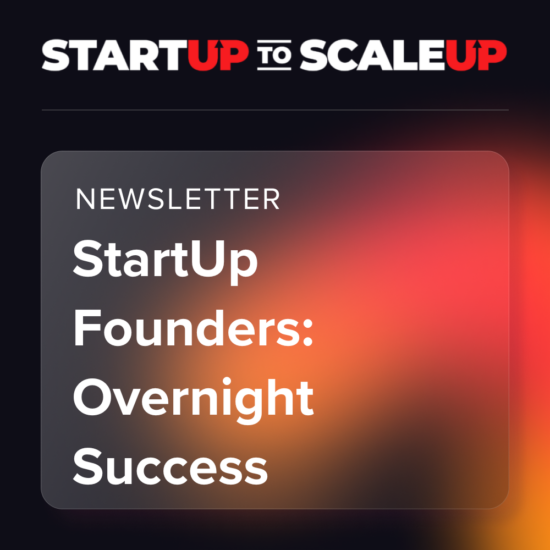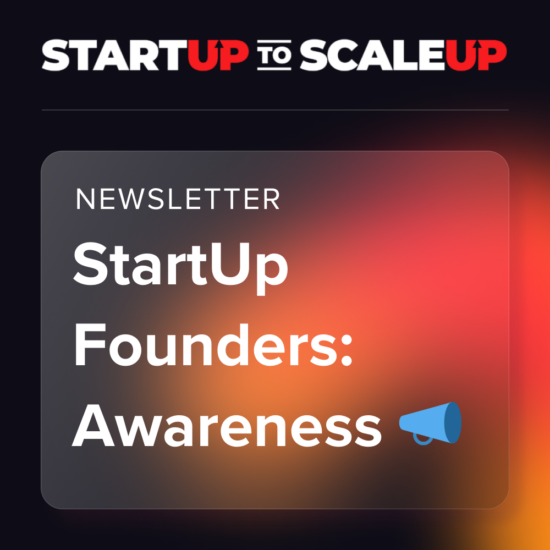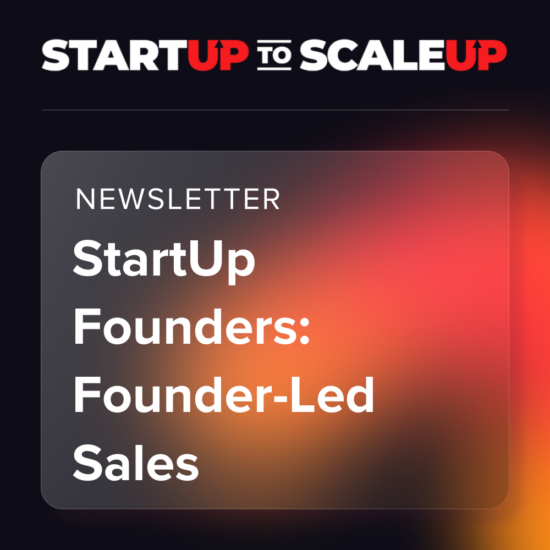StartUp Founders: Ecosystem Map Now.
Ecosystem mapping strategically identifies key partners & platforms that accelerate growth. An API-first 'Build, Integrate, Extend' strategy from day one, is non-negotiable.
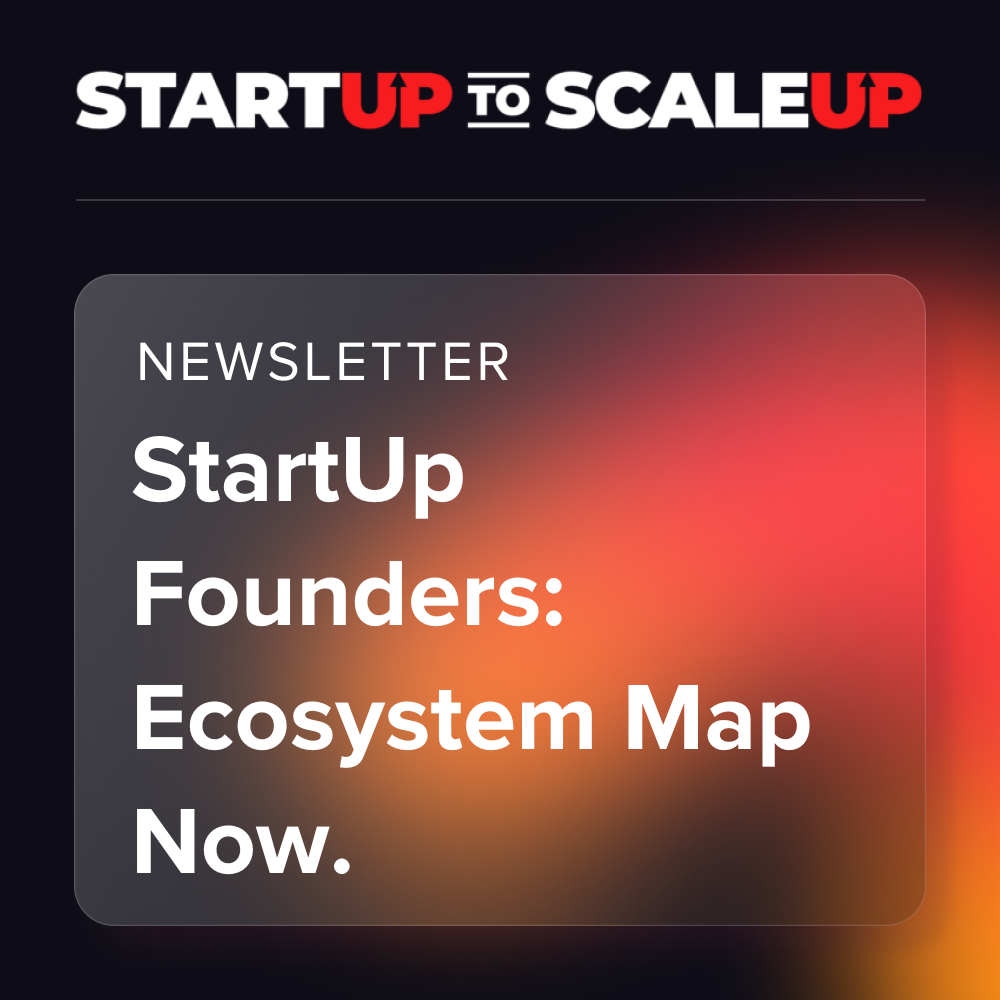
Dear Reader,
What 9-letter word accelerates customers, intelligence, features, roadmap, acquisition, retention & credibility… INVESTORS. Just kidding. ECOSYSTEM. Do your ecosystem mapping now. (𝕏 Tweet)
If you are bootstrapping, this is your lifesaver. If you are cash fantastic, this is your accelerator. Realize that ecosystem is more than someone else selling your stuff. (𝕏)
TLDR; Ecosystem mapping strategically identifies key partners & platforms that accelerate growth. An API-first ‘Build, Integrate, Extend‘ strategy from day one, is non-negotiable. (Workbook)
LAST WEEKS FRAMEWORK:
2.6 Blue Ocean vs Red Ocean: Create Or Steal Customers
LETS GET INTO IT:
Founder-led sales has limits. To scale effectively, you must leverage the market to extend reach, accelerate customer acquisition and access market sensing without a proportional increase in your sales & marketing dollars.
API-First Strategy: This isn’t just about integrations that drive stickiness. It’s preparing for the unexpected. By building flexibility into your platform from the start, you sidestep the “we didn’t build it that way” issue.
Equitable Value: The customer must win, whether they know it or not, then, balanced value between you and your partner. If your solution truly solves a problem, leaders will listen.
Two Key Areas:
Sales & Marketing: Who already sells to, has trust or influence with your prospects?
Technology: What technologies can you integrate with or allow others to build upon?
Four Ideas / Examples:
- Integrate with Tools Like Zapier: Enable automation that lets you and your customers do more without heavy lifting from your dev team.
- Encourage Third-Party Development: Open your platform to outside developers to create add-ons that enhance functionality and stickiness.
- Forge Strategic Alliances: Collaborate with integrators, resellers, and distributors who already have customer trust and access.
- Expand Globally: Work with international players to enter new markets and localize your product.
For early-stage founders, the market is so competitive you must know who sells to, understands, and influences your customers. That’s ecosystem. If you’re not fighting to fit into it, you can’t get where you need to go.
The 9 Core Pillars Of An Ecosystem
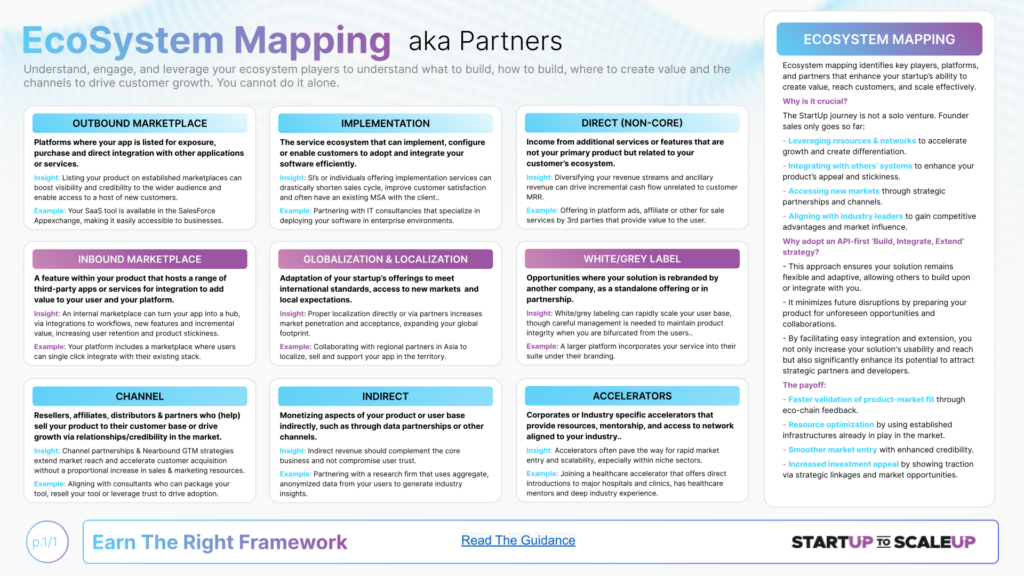
If You’re Still Here:
An effective ecosystem strategy serves as your true north, providing immediate feedback on resonating features and emerging needs with a pipeline of customers.
- Think about AWS & Splunk or Docker, AWS has benefited from ecosystem innovations like Docker’s containerization and Splunk’s data analytics, they brought AWS compute, and customers got a feature they wanted, and now every cloud provider has a version of both native. This is full circle ecosystem.
- This is why Facebook beat MySpace, the real reason, because Facebook opened up its doors to developers, who created functionality and value so fast, it just beat out the MySpace in-house muscle. (Farmville anyone?!)
- Think about every app you use and explore their integrations, their API, their distribution, their partners, affiliates, you name it.
Here are the 9:
- Outbound Marketplace: Visibility and customer access by listing your app where it can be directly integrated, or in a marketplace with other services.
- Inbound Marketplace: Create a hub within your product for third-party apps that can offer value to your customers. Inviting innovation and accretive platform’s value.
- Implementation: Can implementation/adoption for customers be done by a partner already in your customers stack.
- Globalization & Localization: How might you fit into local standards and preferences, and unlock partners in new territories.
- Direct (Non-Core): Unlock additional revenue streams from complementary services or features that aren’t your primary product but related or of value to your customers.
- White/Grey Label: Explore opportunities where your solution is rebranded or there is an intermediary between you and the userbase, allowing you to scale into their market presence discreetly.
- Channel: Partnering with resellers, affiliates, and distributors who can sell to their established customer bases or relationships into trust holders for nearbound acceleration.
- Indirect: Indirect revenue by leveraging user data partnerships or other offerings that might add a revenue layer outside of MRR.
- Accelerators: Fast-track growth by applying to companies or programs that offer capital, mentorship, and importantly an extensive network aligned with your industry.
If you want to win, you need to build a movement, and unfortunately that requires an army of advocates, if you need help building the model, you are welcome to grab time with me.
— James
